WBC-pipettes
Gentian violet slightly stains the nuclei of the leucocytes. The blood specimen is diluted 1:20 in a WBC pipette with the diluting fluid and the cells are counted under low power of the microscope by using a counting chamber. The number of cells in undiluted blood is reported per cumm (µl) of whole blood.
Report Abuse
Shipping Details
Based on 0 reviews
Be the first to review “WBC-pipettes”
You must be logged in to post a review.
Vendor Information
- Store Name: ATLANTIC Scientific and Research Supply
- Vendor: ATLANTIC Scientific and Research Suply
- No ratings found yet!
-
Health & Medical
Spectrophotometer
The UV-Vis spectrophotometer is designed to meet high requirement for precision measurement in the research and production of organic chemistry, biochemistry, medical testing, food testing, environmental protection, water testing industries, etc. The latest ARM system and long optical system ensure high accuracy and good stability of the instrument. They are the best choice of high quality spectrophotometer.
SKU: n/a -
Health & Medical
IR spectrophotometer
A Spectrophotometer is an analytical instrument used to identify materials including organic polymers. Infrared spectrophotometers record the relative amount of energy as a function of the wavelength/frequency of the infrared radiation when it passes through a sample. Therefore, chemical structures of different samples will reflect differences in the IR absorption spectrum allowing for identification of a sample. Unlike a dispersive spectrometer, an FTIR spectrometer or FTIR spectrophotometer is used to simultaneously obtain spectral data of a sample. It does this by using an interferometer to collect the interferogram, also known as the raw data/signal format, which can then be translated into the infrared spectrum of the sample by means of a fourier transform algorithm. As a result there are many advantages including greater signal-to-noise ratio, high resolution, higher throughput, and a short wavelength limit. FTIR spectrometers can be used in a variety of industries including environmental, pharmaceutical, and petrochemical.
SKU: n/a -
Health & Medical
Incubator
Laboratory incubator provides a temperature-controlled environment to support growth of microbiological cultures. Typical incubators are insulated boxes with an adjustable heater, going up to 60°C to 65°C (140°F to 149°F), though some can go slightly higher (generally to no more than 100°C).
Esco Isotherm® laboratory incubator is built with reliable performance and standards. Ergonomic, intuitive interfaces, microprocessor PID controls with programming options, 4-zone heated air jacket, precisely tuned and tested ventilation and insulation package, all supported by Esco’s solutions-based sales and service representatives worldwide.
SKU: n/a -
Health & Medical
Flame Photometer
7- inch color touch- screen
Direct concentration display (Don’t cover FP-I640)
Automatic calculation of correlation coefficient (Don’t cover FP-I640)
Pre-selection of flame sizes
Flameout protection device
Measuring range changing
Concentration units selectable
Multilingual user interface
Air compressor provideSKU: n/a -
Health & Medical
Capillary Sequencer
American Applied Biosystems, known for its technological innovation, recently launched the new 3500 Series Genetic Analyzers, setting a completely new standard for capillary electrophoresis. It integrates a series of platform innovations designed for optical and thermal systems, opening up an innovative consumable system. The common superposition of these elements makes 3500 Series products the gene analyzers of the highest performance ever.
SKU: n/a -
Health & Medical
Autoclave
Autoclaves are also known as steam sterilizers and are typically used for healthcare or industrial applications. An autoclave is a machine that uses steam under pressure to kill harmful bacteria, viruses, fungi, and spores on items that are placed inside a pressure vessel. The items are heated to an appropriate sterilization temperature for a given amount of time. The moisture in the steam efficiently transfers heat to the items to destroy the protein structure of the bacteria and spores.
The costs of an autoclave can vary greatly because of the various uses and applications of this technology. Industrial and pharmaceutical autoclaves are customized and manufactured for a specific use and therefore costs are likely to differ compared to autoclaves you find in a hospital or dental office.
SKU: n/a



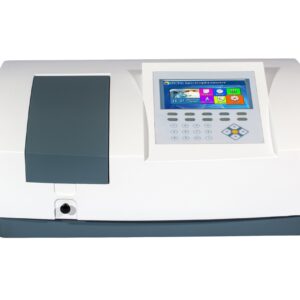
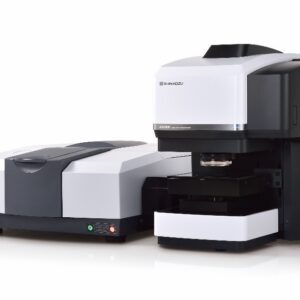
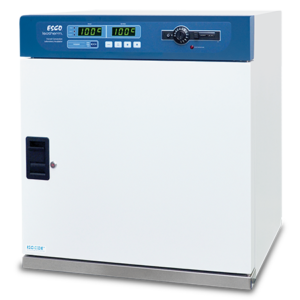
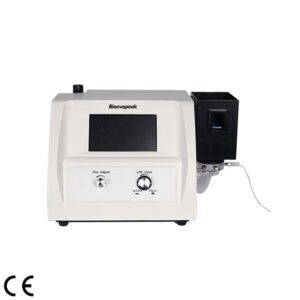
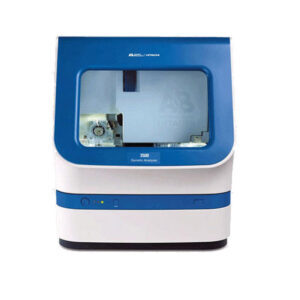
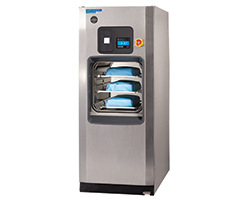
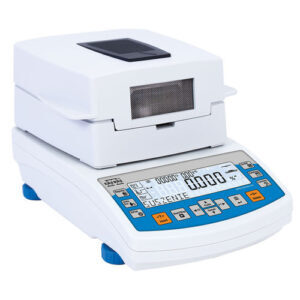
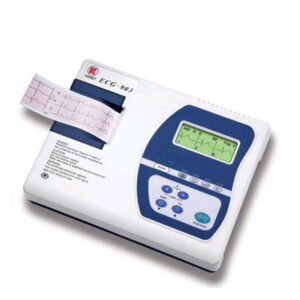
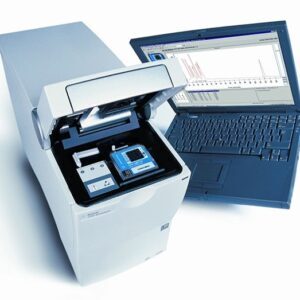
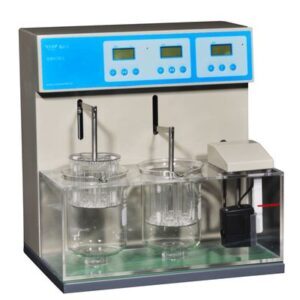
There are no reviews yet.